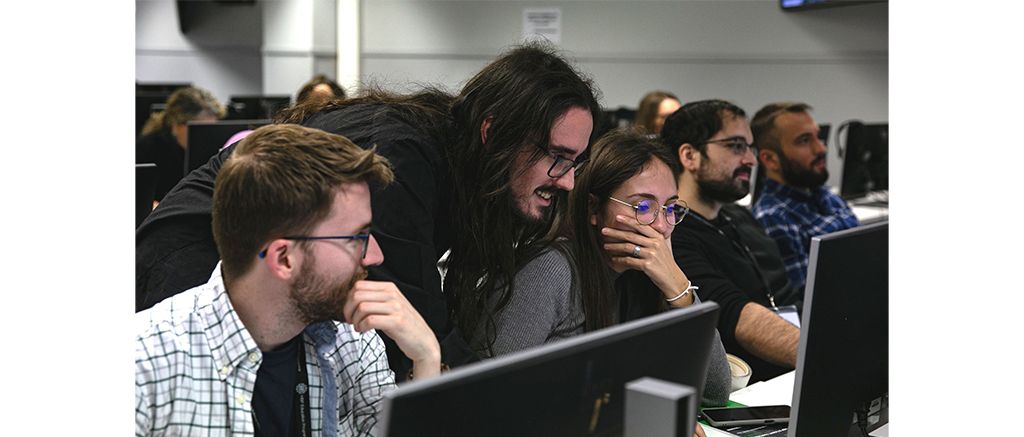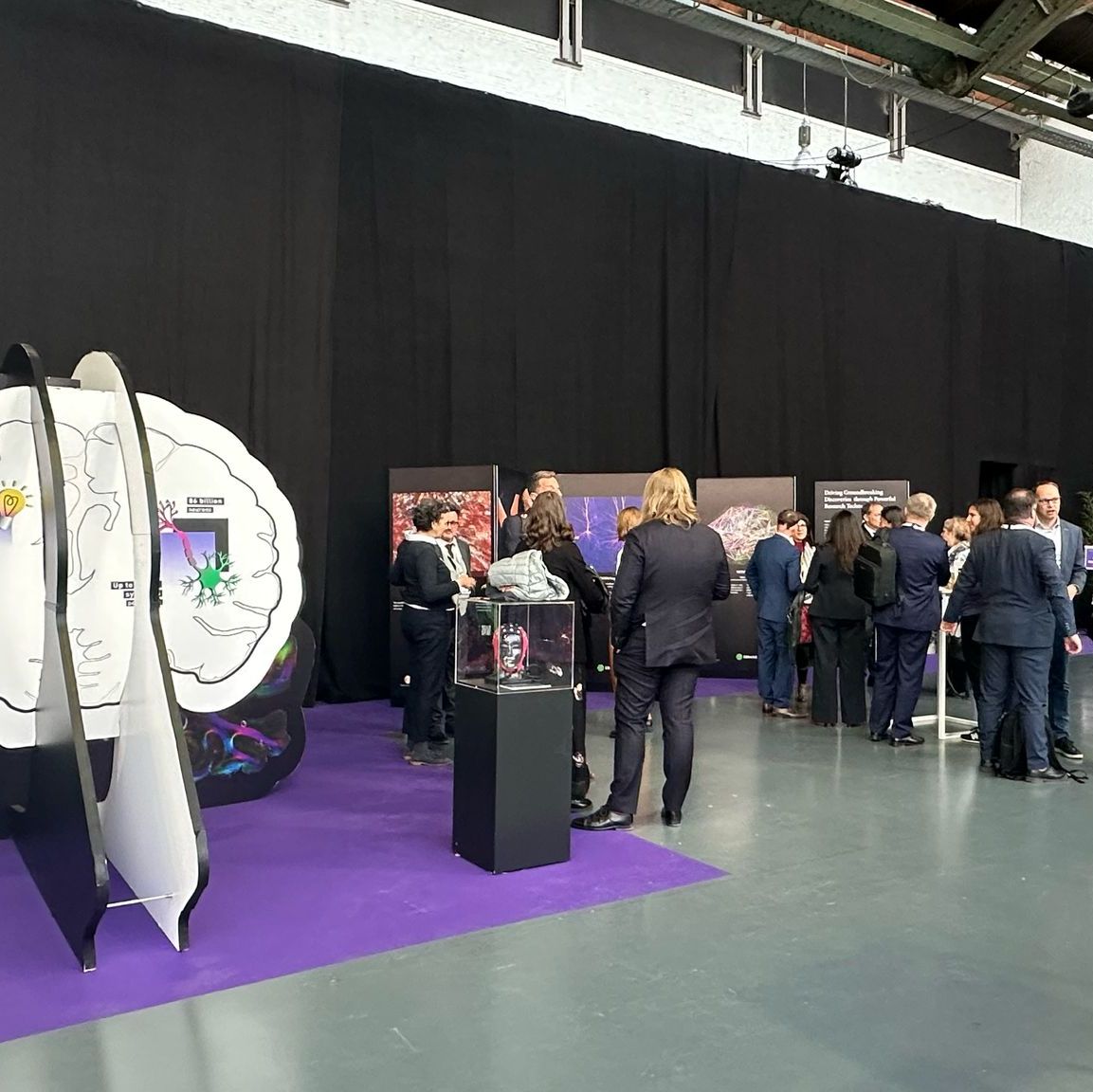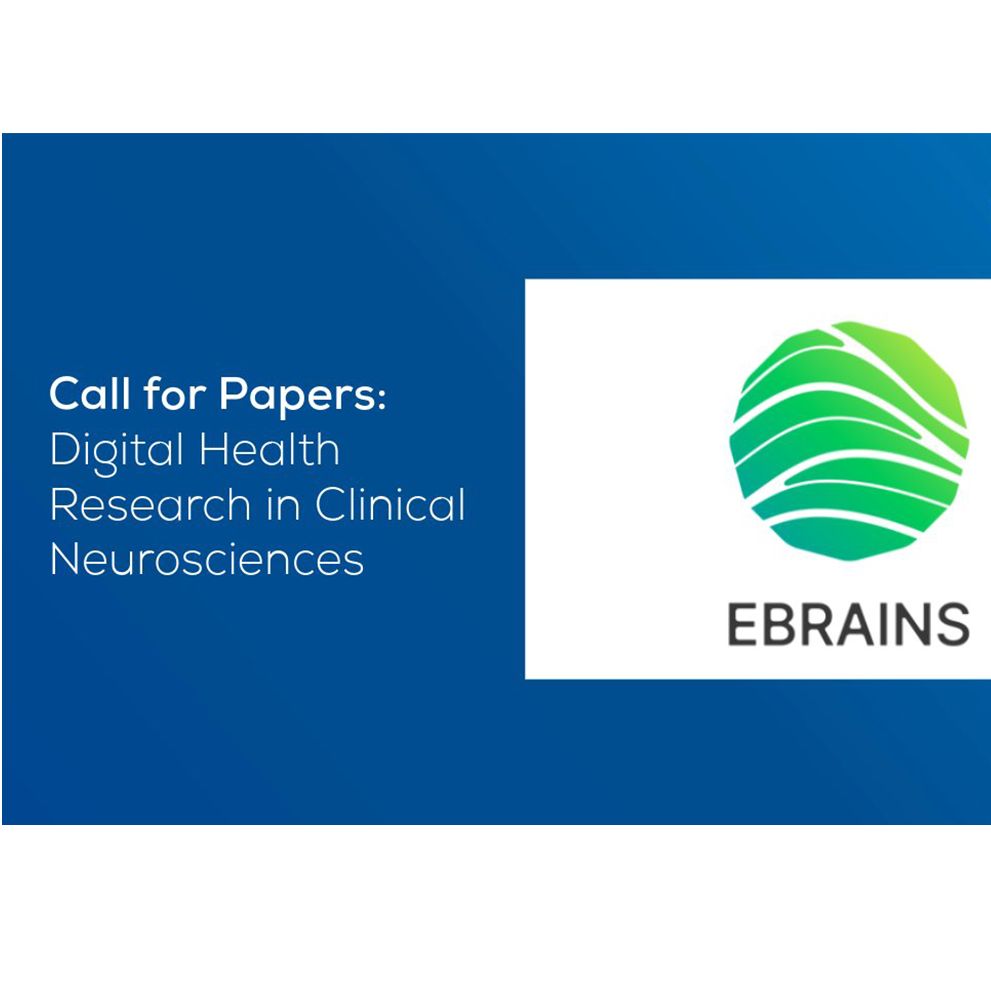
Training on EBRAINS tools and services at HBP Summit Satellite Events Day

Participants can choose from a wide range of topics covered by the 15 different sessions, some of which will be running in parallel, and will have the opportunity to exchange experiences with other researchers.
Participation is free, but registration is required and now open. Most sessions require an EBRAINS account (free of charge). Space is limited for the satellite events – register now to secure a spot.
All satellite sessions at a glance:
EBRAINS Academy Workshops Series
This half-day workshop will show you how to leverage data and services of EBRAINS in the context of cognitive and population studies. You will learn not only about cutting-edge tools for analysing neuroimaging and neurophysiological data, but also how EBRAINS can help you answer your scientific questions. For registration and more details see here.
License to Spike - A NEST Desktop and NESTML Workshop
Tutorial on NEST Simulator tools for spiking neuronal networks
Simulating complex neurobiological phenomena of human brain function and dysfunction in a data protection compliant environment: EBRAINS Service for Sensitive Data
Hands-on training offer for using EBRAINS Service for Sensitive Data to discover, access and use health data for personalized human brain simulations
NMC (neuromorphic computing): hands on BrainScaleS
Hands-on tutorial for the first steps for online interactive use of the BrainScaleS neuromorphic compute system, especially suitable for beginners
Vast parameter space exploration using L2L on EBRAINS
Workshop on a hyper-parameter optimization framework implementing the concept of Learning to Learn (L2L)
The process of integrating your science in an integrated EBRAINS workflow
Demonstration of the work of the EBRAINS Science Liaison Unit (SLU) which facilitates the translation of science needs into technical requirements towards integration into EBRAINS
Software delivery for the Lab and integration into the EBRAINS software release
Hands-on training session with a step-by-step demonstration of the procedure to build and deliver EBRAINS tools for the Lab
Publishing your research data through EBRAINS.eu
The EBRAINS Curation Team will demonstrate how to get started with FAIR data sharing.
EBRAINS Medical Data Analytics
Demonstration of two platforms covering key areas of clinical research: the Medical Informatics Platform (MIP) and the Human Intracerebral EEG Platform (HIP)
Fenix User Forum meeting – How to make use of the Fenix Infrastructure
The Fenix User Forum facilitates the interaction between users and Fenix experts, and offers Fenix users the opportunity to discuss and share their experiences and to provide feedback on the current services and resources of the Fenix Infrastructure.
Rodent atlasing tools and QUINT workflow
Workflows for image registration to an atlas and atlas based quantifications of cells or features in the experimental murine brain section images
EBRAINS Documentation and Tutorial Hands-On Workshop
Overview of guidelines and helpful points for successful documentation creation in EBRAINS, including tips on writing, integrating and maintaining docs
WE ARE SCIENCE. Towards a realistic future to enhance inclusion, gender, equality, and diversity in science.
Open dialogue featuring experiences and recommendations for Equity, Diversity and Inclusion (EDI) in science projects. Formulation of concrete steps towards an inclusive science. NOTE: For this satellite event, there is a separate agenda and registration page.
Standardised Workflows in EBRAINS
Hands-on training offer that will provide information about Writing and Executing Standardised Workflows in EBRAINS
The Arbor Simulator
An introduction to Arbor, the only morphologically detailed simulator developed entirely under the auspices of the HBP
Reconstructing and simulating multiscale brain circuits: workflows and applications to function and dysfunction
Theoretical introduction and hands-on training using EBRAINS to reconstruct and simulate brain microcircuits and embed them into virtual brain models for integrated co-simulations.
News & events
All news & events
- News04 Apr 2025

- News03 Apr 2025

